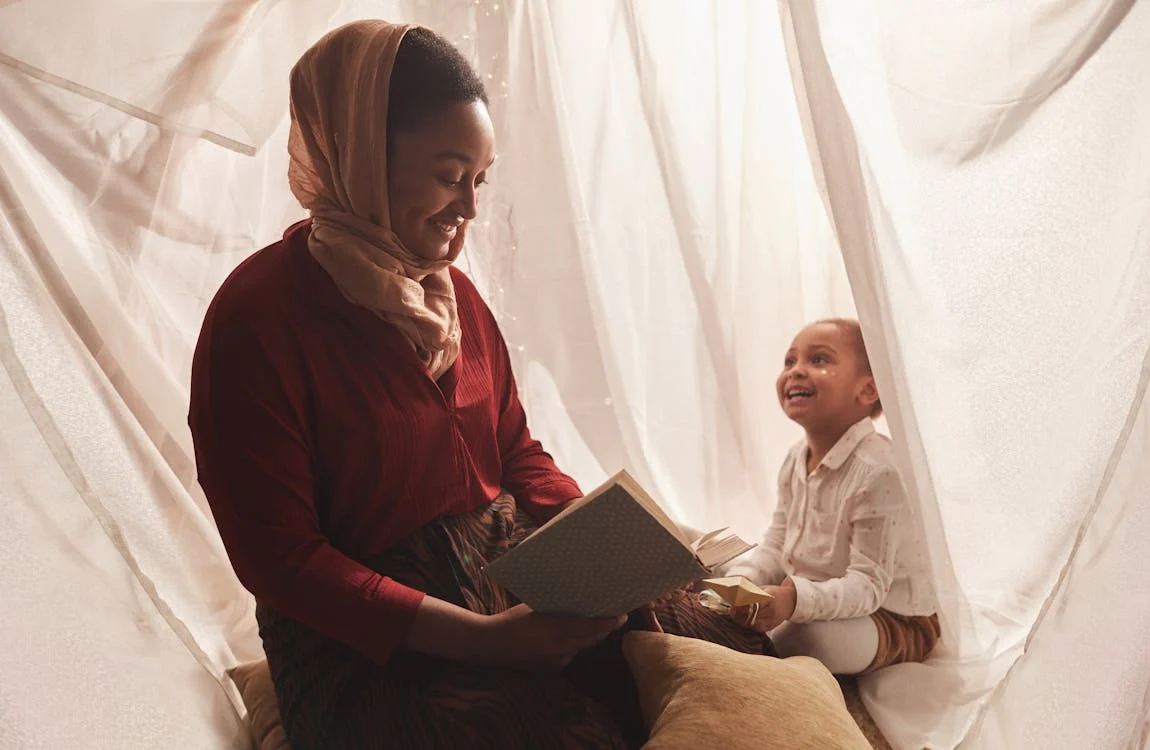Child Safety Alert: Anambra Teacher Allegedly Beats 8-Year-Old Pupil into Coma – Vital Child Safeguarding Lessons for Parents, Educators, and Stakeholders

Source: Punch Newspaper
Story:
In the wake of a distressing incident at Landmark School, Mgbakwu, where a teacher allegedly beat up an eight-year-old pupil into a coma, it becomes imperative to revisit the principles of child safeguarding and protection as it relates to discipline. This incident not only underscores the critical need for a friendly, safe and nurturing environment for our children, but also emphasizes the profound impact of discipline on their well-being.
SENSES (Child Safeguarding and Protection Principles):
The core principle underlying child safeguarding and protection is the recognition of every child’s inherent dignity and personhood. Discipline should never degrade or dehumanize a child; rather, it should serve as a means of guidance and education.
The purpose of discipline is to help a child to be conscious of their dignity of human person and not to destroy the child in the process.
This concept called discipline is the most misunderstood concept when it comes to raising children in our world today.
Yet, discipline is not necessarily instruction, but an exemplified culture. It is not necessarily inundating our precious children with rules, but building meaningful relationships, aimed at guiding our precious children into making godly choices.
Abraham Lincoln’s adage, “to train up a child in the way he should go, you have to go there first and come back to take the child with you,” encapsulates the essence of discipline as teaching through example this is why we keep saying as an organization that our precious children are either beneficiaries or victims of our examples.
STONES (Child Safeguarding and Protection Lessons for Government, Primary and Secondary Parents, Society and Key Stakeholders):
For Government:
The government plays a pivotal role in ensuring the safety and well-being of children within educational institutions. It is not enough to put in place strict regulations to prohibit the use of corporal punishment, these regulations must be implemented strictly and this can only work when it becomes a culture within every Child-Focused Organization. There should be mechanisms in place to swiftly address instances of abuse or neglect, ensuring that perpetrators are held accountable.
Primary and Secondary Parents:
To discipline is to help a child through example, reasoning and persuasion help a child to be conscious of her dignity of human person and be guided by it. To achieve this, we as primary and secondary parents must accept children as persons, who first are of worth, made in God’s image and likeness, second, are reasoning being, with a sense of judgement and third, have the power of choice.
For Society:
Society at large bears the responsibility of fostering a culture of respect and empathy towards children. Parents, as primary caregivers, must understand that discipline is not synonymous with punishment, but rather a process of nurturing growth and understanding. It is imperative to empower children with the knowledge, skills, and autonomy to make informed decisions and express themselves freely.
Key Stakeholders:
Key stakeholders in this endeavor include primary and secondary parents, educators, and policymakers. Parents must recognize their role in shaping their children’s upbringing and prioritize positive discipline methods. Educators should undergo training to cultivate effective classroom management techniques that eschew violence and coercion. Policymakers must enact legislation that safeguards children’s rights and establishes robust mechanisms for implementation, reporting and addressing instances of abuse.
Conclusion:
The incident at Landmark School, Mgbakwu serves as a poignant reminder of the critical importance of ensuring the safety and well-being of our precious children. As we advocate for a better future for our precious children, let’s remember that their success lies in our ability to provide them with the support and freedom to pursue their dreams. Let’s create an environment where children thrive, flourish, and are given the opportunity to fulfill their potential.
Source of Image: punchng.com





